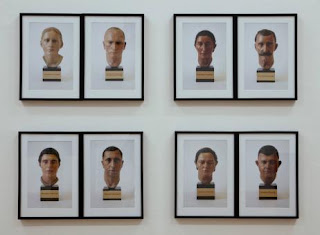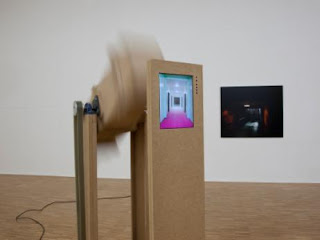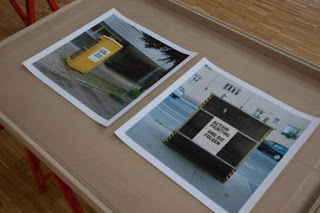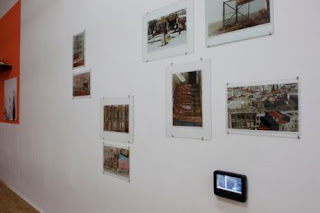 (by peter hallward)
(by peter hallward)Tuesday, December 14, 2010
post thursday in london
 (by peter hallward)
(by peter hallward)kulturprojekte berlin discussed last night
Sunday, December 12, 2010
sweet anticipation @ salzburger kunstverein









Wednesday, December 1, 2010
http://www.workerspunkartschool.blogspot.com/
'Why are we here?' - Attempt #1
I have come to this city regularly since 2005. And I have always had good reasons to come; exhibitions, workshops, studio visits, good friends and easy moods. A good friend always underlines that Berlin is an artists' city. Now that I “officially” live here, I am questioning what it does mean to live here as a curator; how to analyze what is going on in this city where many contemporary art related people reside and work from. So I decided to take some occasional short notes about the things happening and perform some writing exercises of my readings to formulate better how I am thinking and feeling about the ‘current’s of contemporary art here, and also trying to understand why we are all here.
#1
Absalon retrospective opened in KW last Saturday. Most of the works he made are there, exhibited on all floors. Making a retrospective is always a hardcore business. An in this case the question is how to retrospectively curate an oeuvre that started to develop itself around radical transformations of dwelling, aiming to intensify the private space of living mentally and spiritually? The exhibition feels more like an inventory or an attempt of collecting together. The radicalness of Absalon’s designs, hanging between monadic and nomadic, becomes repetitive, loses its almost disturbing feeling of plainness. Wouldn’t it be great for example that the cellules were distributed over a couple of locations inside and preferably outside KW? Then people would be able to experience the sense of solitary dwelling in different surroundings, just like the artist himself who started to model and spread these cellules to six cities to be able live in his idealized, personal space when he travels?
Another fact I am still questioning is that all the models brought together were painted the same hue of white of the exhibition spaces. And it seems like they have been recently painted over. I don’t know if there was a set of instructions left by Absalon for the display of these pieces. But something felt wrong, all around surrounding white made me lose my point of reflection. The space has memory and institutions can perform that memory, not only archive it, such as learning from the artists they show, the exhibitions they make. I am thinking of Renata Lucas’ subtle and puzzling gestures in and out KW just shown recently (the way she used the material of the building, the way she connected inside and outside) and of Ahmet Ogut’s unforgettable gesture performed for 5th Berlin Biennial, a completely asphalted ground floor. Such gestures make us question the nature of the surrounding we are in and imagine their and our further possibilities. In this respect, the retrospective, though having the merit of bringing most of the produced work, small models and sketches together, unfortunately tames and domesticates Absalon’s phenomenologically devised challenges to use and function in everyday living.
#2 "Why thinking in Turkish can be a good catalyzer in Berlin?" soon
